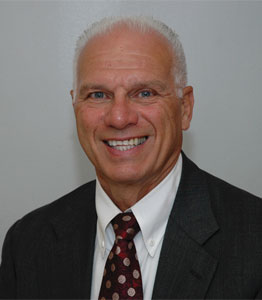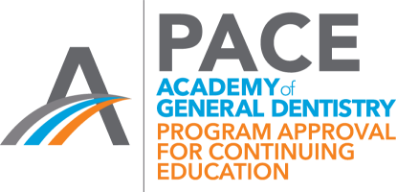


Presented by
John A. Molinari
Ph.D.
View Bio
Course Description
Health and Safety, Infection Control, OSHA
Health care professionals (HCP) are routinely at an increased risk of cross-infection when treating patients. In response, application of evidence-based infection prevention practices and strategies provide effective protection during provision of healthcare. The COVID-19 pandemic presented the latest challenge to infection control in both medical and dental facilities.
This live webinar will primarily focus on a practical discussion of the most recent dental infection control recommendations. Discussion sections include hand hygiene, sharps safety, recommended vaccinations, personal protective equipment (PPE), instrument and handpiece reprocessing, environmental surface disinfection, and dental water treatment. Application of Standard and Transmission-based Precautions to minimize cross-infection from infectious airborne microorganisms also will be considered in light of updated recommendations. Information also will be included describing unfortunate efforts to promote myths which damage control against vaccine-preventable diseases.
“The educational teaching methodology used in this course is live, interactive lecture presented via Zoom webinar with an accompanying PowerPoint presentation. Both the live webinar and the PowerPoint presentation incorporate a variety of audio and visual cues to enhance audience members’ understanding and retention of key concepts. In addition, question and answer periods are provided for at the conclusion of each section of the live webinar.”
Course Objectives
At the completion of this course the participants should be able to:
- Describe application of standard precautions as the foundation of infection prevention.
- Understand the most recent updates for CDC and OSHA infection control recommendations and regulations.
- Describe the dangers of misperceptions against recommended vaccines
- Describe recent technology advances and protocols for instrument processing and sterilization.
- Discuss the importance of environmental surface cleaning and disinfection.
- Comprehend practical strategies which can minimize DUWL contamination.

